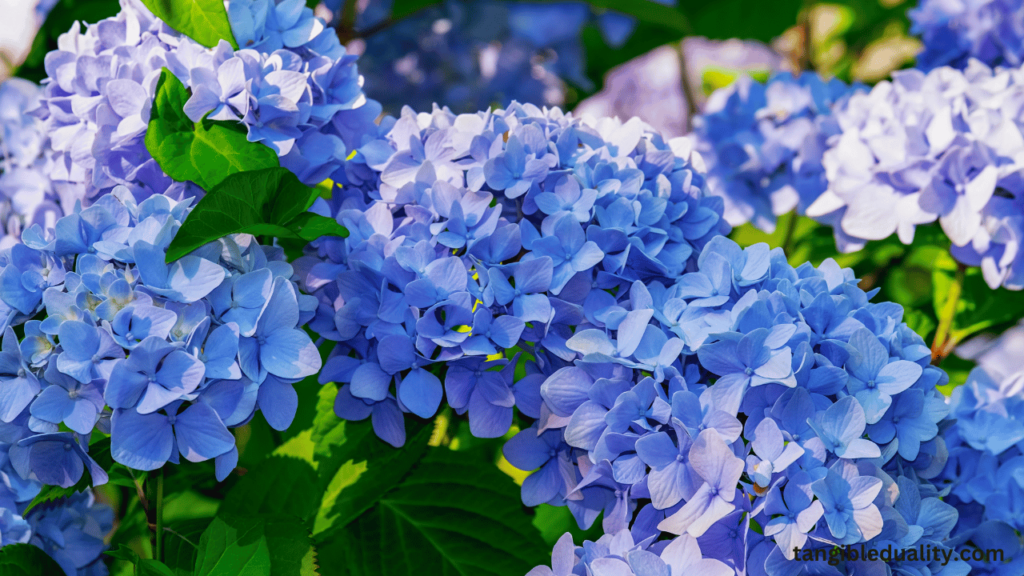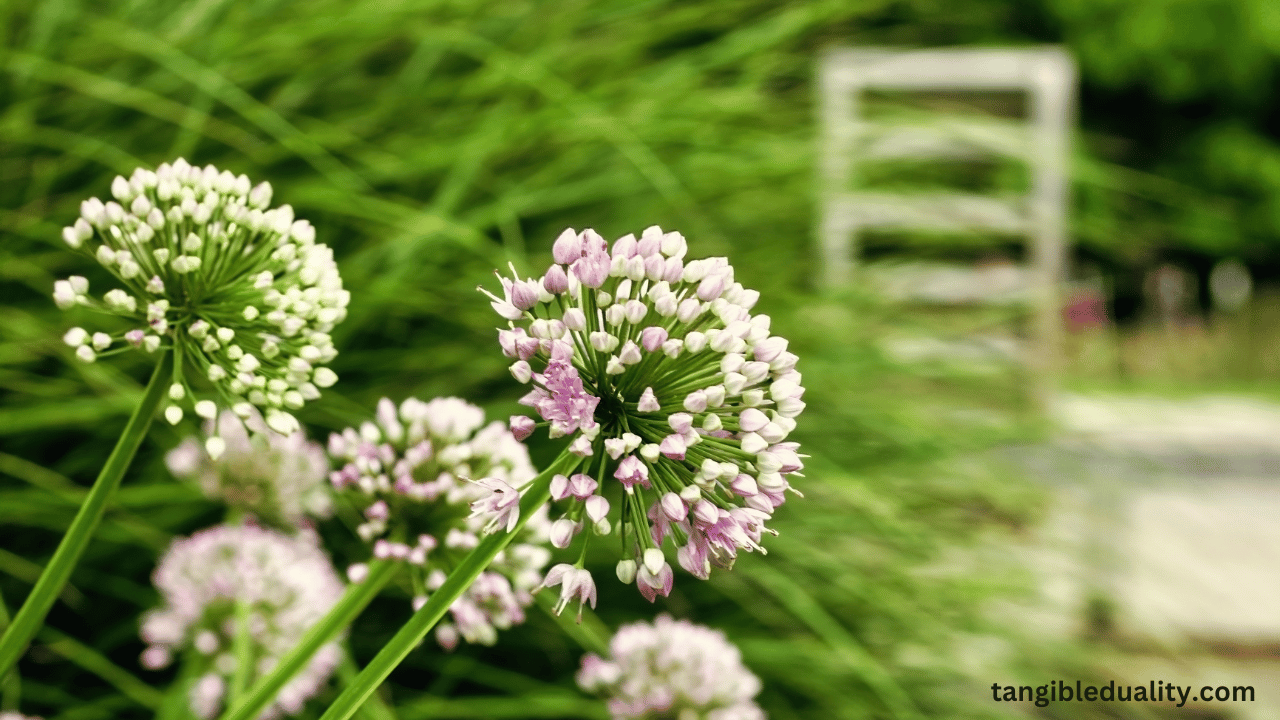Hydrangeas are stunning flowering shrubs that add beauty and elegance to any garden or landscape. With their large, colorful blooms and lush green foliage, hydrangeas have become a favorite among gardeners and flower enthusiasts.
However, identifying the specific type of hydrangea you have can sometimes be a challenging task. This article aims to provide you with a comprehensive guide on how to determine the type of hydrangea you have, allowing you to better care for and appreciate these magnificent plants.

Understanding Hydrangea Basics
Before diving into the specific types of hydrangeas, it’s essential to understand some fundamental aspects of these plants. Hydrangeas are deciduous shrubs that belong to the Hydrangeaceae family.
They are native to Asia and North and South America and are known for their ability to produce stunning inflorescences in various shades of white, pink, purple, and blue. Hydrangeas generally prefer partial shade and moist, well-draining soil to thrive.
Identifying Hydrangea Types
- Macrophylla (Bigleaf Hydrangeas): Bigleaf hydrangeas are among the most common types and are known for their large, rounded flower heads. They come in two main varieties: mophead and lace-cap hydrangeas. Mophead hydrangeas have round, ball-shaped flower clusters, while lace-cap hydrangeas feature a smaller, flatter arrangement of florets surrounded by larger, showy, sterile flowers. The color of the blooms can range from blue to pink, depending on the soil’s acidity.
- Arborescens (Smooth Hydrangeas): Smooth hydrangeas are native to North America and are characterized by their large, rounded, and fluffy flower clusters. The most popular variety in this group is the Annabelle hydrangea, which produces stunning white blooms. Smooth hydrangeas are known for their ability to tolerate cold temperatures and thrive in USDA hardiness zones 3-9.
- Paniculata (Panicle Hydrangeas): Panicle hydrangeas are known for their cone-shaped flower clusters that start as white or cream-colored blooms and gradually turn pink or bronze with age. This type of hydrangea is generally more tolerant of sun and can handle a broader range of growing conditions. The most well-known cultivar in this category is the ‘PeeGee’ hydrangea.
- Quercifolia (Oakleaf Hydrangeas): Oakleaf hydrangeas are named for their distinctive leaves, which resemble those of oak trees. These hydrangeas produce elongated flower clusters that open as white blooms and gradually fade to pink. The foliage of oakleaf hydrangeas turns a vibrant shade of red or purple in the fall, adding to their ornamental appeal.
Additional Factors for Identification:
Apart from the overall flower structure and shape, some other factors can help you identify the type of hydrangea you have:
- Leaf Shape and Texture: Different hydrangea species have variations in leaf shape, size, and texture. For instance, oakleaf hydrangeas have distinct lobed leaves, while smooth hydrangeas have broader, toothed leaves. Familiarize yourself with the specific leaf characteristics of each hydrangea type.
- Growth Habits and Size: Hydrangeas can vary significantly in their growth habits and size. Some hydrangeas grow as compact shrubs, while others may become larger and more sprawling. Observing the growth patterns and size of your hydrangea plant can help in identification.
- Blooming Season: The flowering time of hydrangeas can also provide clues about their type. Different hydrangeas bloom at different times of the year, ranging from early spring to late summer. Keep a note of when your hydrangea blooms.
Consulting Experts and Resources
If you’re facing difficulty identifying your hydrangea, don’t hesitate to seek assistance from local gardening experts, nurseries, or horticultural societies. Online resources, botanical garden guides, and reputable gardening books can also provide valuable information on hydrangea identification.
Conclusion
Identifying the type of hydrangea you have can be a rewarding journey that not only helps you understand your plant better but also allows you to provide the appropriate care and maintenance.
By familiarizing yourself with the specific characteristics of different hydrangea types, such as their flower structure, leaf shape, growth habits, and blooming season, you’ll gain confidence in recognizing the unique beauty of your hydrangea.
Remember, if you’re still uncertain, seeking the guidance of experts and reliable resources is always a good idea. Now that you know what type of hydrangea you have, you can nurture and enjoy its breathtaking blooms with utmost care and appreciation.
FAQs
Hydrangea Identification FAQ
Q: How can I determine the type of hydrangea I have based on its flower shape?
A: The flower shape is a key indicator of the hydrangea type. Mophead hydrangeas have large, round flower clusters, while lacecap hydrangeas exhibit a flat arrangement of small florets surrounded by showy sterile flowers. Other types may have cone-shaped or elongated flower clusters.
Q: Can the color of my hydrangea blooms help identify its type?
A: Yes, the color of hydrangea blooms can provide valuable clues. For example, blue or pink blooms indicate mophead or lacecap hydrangeas, and white or cream-colored blooms are often associated with panicle or oakleaf hydrangeas. However, it’s important to note that bloom color can be influenced by factors such as soil acidity.
Q: Are there any distinct leaf characteristics that can help me identify my hydrangea?
A: Absolutely! Leaf shape and texture can vary among hydrangea types. Oakleaf hydrangeas have distinct, lobed leaves resembling those of oak trees, while smooth hydrangeas have broader, toothed leaves. Paying attention to these leaf characteristics can assist in identification.
Q: Can the size and growth habits of a hydrangea give hints about its type?
A: Yes, the size and growth habits of hydrangeas can offer insights. Some hydrangeas grow as compact shrubs, while others tend to be more sprawling. Observing the overall growth pattern and size of your hydrangea can narrow down the possibilities and aid in identification.
Q: What resources can I consult if I need help identifying my hydrangea?
A: If you’re struggling to identify your hydrangea, there are several resources you can turn to. Local gardening experts, nurseries, and horticultural societies can provide valuable insights. Online resources, botanical garden guides, and trustworthy gardening books can also serve as valuable references in unraveling the mystery of your hydrangea’s identity.

